The new buzz about Bordeaux
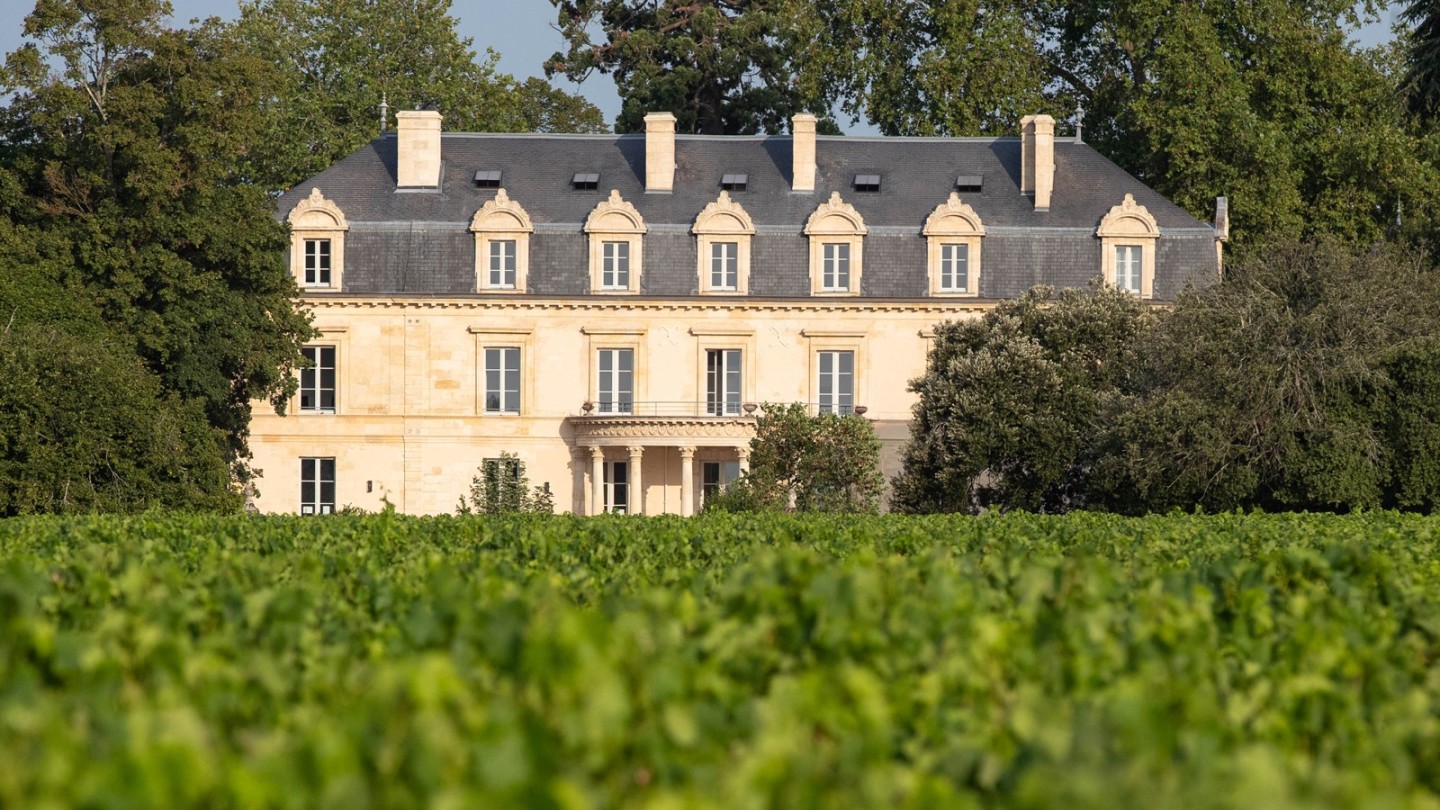
Roula Khalaf, Editor of the FT, selects her favourite stories in this weekly newsletter.
Grand things are happening in the land of the grand cru classé. For the first time, devotees of the sought-after wines of Cos d’Estournel, in Bordeaux’s Saint-Estèphe, can sleep amid the vineyards from which they’re produced. La Maison d’Estournel, which opened in August, is a château with many stories. And, apart from being a seriously charming place to stay, it is a springboard for exploring some of the greatest winemaking names around Bordeaux and the Médoc, many of which have been fairly inaccessible to the pleasure-seeking oenophile in the past.
An easy hour north of the city of Bordeaux, through a tidy green landscape stippled with impressive monumental architecture, La Maison d’Estournel sits just shy of the little town of Saint-Estèphe. In 1791 – when it was known as Château Pomys – it became the home of the adventurer Louis Gaspard d’Estournel, who gave his name to the winery he founded on the neighbouring cos. His belief in the exceptional terroir spurred him to expand the vineyards from 14 to 45 hectares, to introduce innovations like the use of glass bottle stoppers, and to venture far and wide in search of new markets. Ignoring Bordeaux’s staunchly traditional network of négociants, he found a ready clientele among the British officer corps in India, from whom he presumably earned his nickname The Maharajah of Saint-Estèphe.
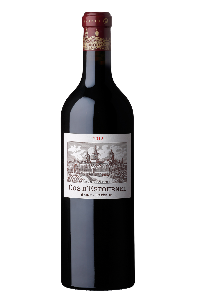
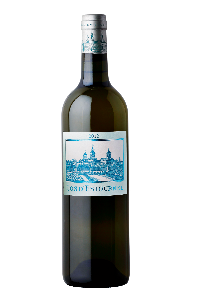
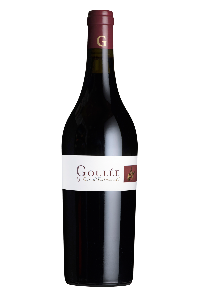
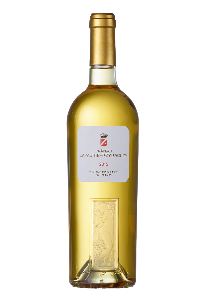
It is this history, as much as the building’s illustrious architecture and great wines, that attracted French-born Swiss hotelier Michel Reybier to the Cos. For years, he waited while other venerable Bordeaux wine estates came and went, repeating the mantra “Cos or nothing”, before finally snapping it up the moment it came onto the market in 2000.
Two and a half years ago, Reybier acquired Château Pomys itself; after a total transformation, he opened it as La Maison d’Estournel. It sits alongside, rather than forming part of, his La Réserve group, which includes properties in Paris, Geneva and Ramatuelle on the Côte d’Azur. Long an admirer of Gaspard d’Estournel’s exotic travels and brilliantly innovative mind, Reybier has followed in his pioneering footsteps in the Jean‑Michel Wilmotte and Jacques Garcia-designed winery, introducing vanguard gravity-deploying extraction procedures.
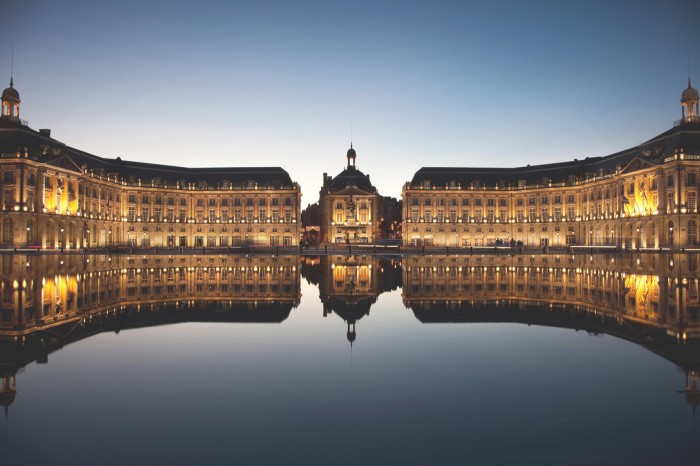
The Cos d’Estournel vineyards run right by the Maison: a beautifully serene, classical limestone château immersed in sequoias, oaks and cedars of Lebanon. A vegetable garden is tucked out of sight of all but the strutting La Dorée de Vertessec hens housed nearby. The interiors are the work of London firm Michaelis Boyd, which acted on Reybier’s desire to, as he put it, “create somewhere where each of my guests – well known or totally unknown – should feel completely at home while elsewhere”. Walk into the library, with its shelves of hardcover novels and histories and jumble of antiques, nothing too artfully arranged, and you feel just that. Or the dining room, where dim light bounces off mirrored walls across chairs clad in claret-red and deep-blue velvet. It’s deliberately a maison, rather than an hôtel – entirely about authentic coddling à la Bordelaise, meaning the understated, unstructured kind. The kitchen is open to guests, who wander in to watch chef Emilien Deschamps shuck Médoc oysters or sneak a taste of his sublime trout with smoked cream.
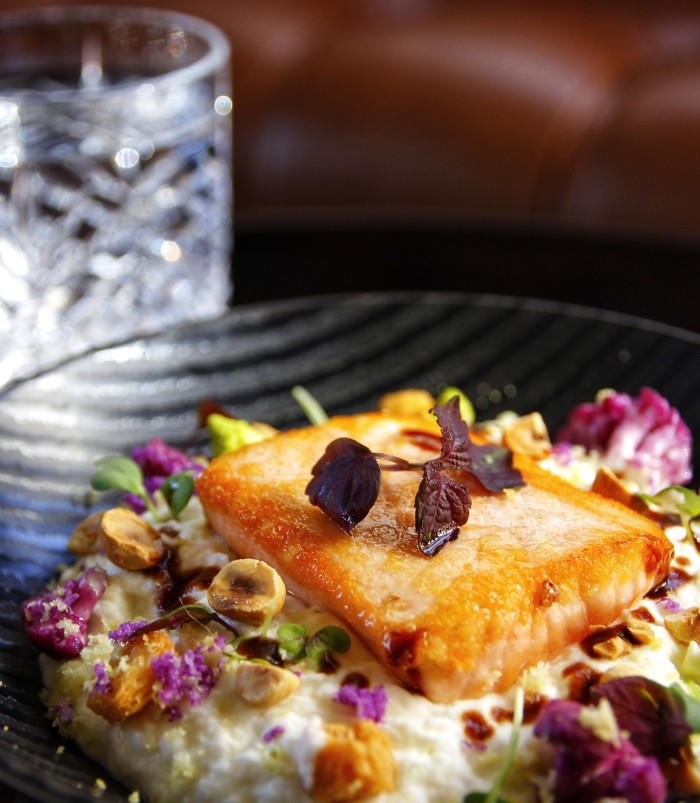
Lunch and dinner are prepared using the abundant bounty that Deschamps sources from local suppliers (but to miss out on the ceviche of tuna from Saint‑Jean-de-Luz in the southwest would be to miss out indeed). Wines, of course, come from the venerable neighbours, offering a rare opportunity to try some of the great Cos d’Estournel vintages by the glass, but also wines from the wider Médoc region – all part of Reybier’s intention to increase its visibility.
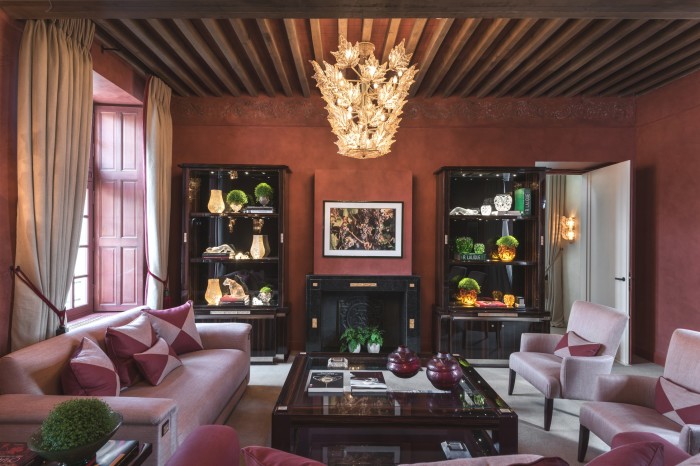
Upstairs, the 14 bedrooms are quiet, with simple oak floors and curtains in raw block-printed linens, bursts of colour coming via jewel-toned headboards, tufted chairs, benches and the occasional lacquered wardrobe. The open bathrooms – always a particular fantasy-fulfilment touch point in a Reybier property – mix sumptuous tubs with showers fashioned as wine barrels hidden behind; an open niche in the shower wall allows natural light to filter through, in much the same way that the gardens seem to come straight into the house. They’re the place for a glass of white Les Pagodes de Cos, taking in the horizon filled with pleasingly ordered rows of vines. There, in the shadow of the generous house, between the two towers that d’Estournel built to frame the château, you’re wrapped in the heady peace that descends on a French summer’s evening, the only noise the occasional cooing of a roosting pigeon.
Reybier’s debut here is providential. While La Maison d’Estournel will help put Saint-Estèphe on the map for a new audience, the once-faded Sauternes, way down south, now boasts the magnificent Château Lafaurie-Peyraguey, the first premier cru wine estate to be converted into lodgings with access to a historic producer. Silvio Denz, chairman and CEO of Lalique, has sought to combine “wine, crystal, hospitality and gastronomy” at the 400-year-old château – part of one of five vineyard estates he owns in France – which now houses a 13-room hotel and its adjacent Mario Botta-designed restaurant, a sleek glass affair that extends straight into the vineyards and also holds a Michelin star.
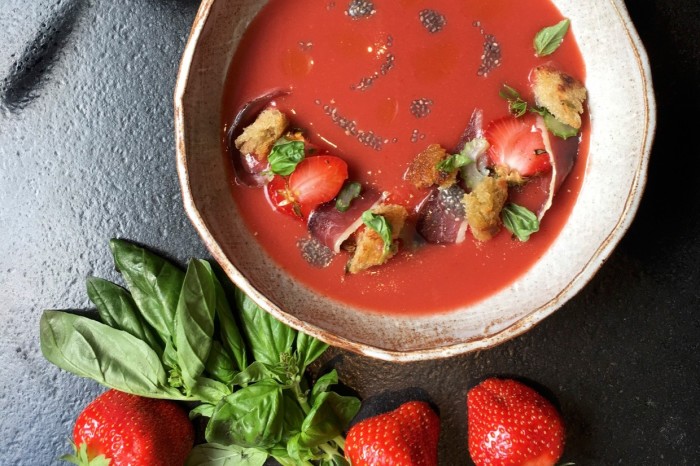
It was arguably the 2016 opening of La Cité du Vin (Bordeaux’s immersive wine museum, whose sinuous glass and aluminium shape recalls the movement of wine as you turn it in a glass) that announced the new energy here. Bordeaux itself, historically a bit grimy, was buffed and polished. The riverside now opens onto a broad esplanade, turning what was once known as La Belle Endormie into a dynamic destination, with small chic hotels, vibrant new restaurants and a high-speed rail link putting it within two hours of Paris.
Lovely Cent33 opened in February. Its chef Fabien Beaufour made his name at Domaine des Etangs, and rumour has it he will repeat his Michelin success soon in his new venue. Le Gabriel, housed in an elegant early-18th-century building soaring three storeys above the Place de la Bourse, was recently acquired by the eminent Château Angélus; its renovation, to be overseen by Angélus co-owner Stéphanie de Boüard-Rivoal, will bring a contemporary edge to the classical rooms. De Boüard-Rivoal also owns the Michelin-starred Logis de la Cadène, set in the maze of steep cobbled streets of Saint-Emilion; chef Alexandre Baumard delivers the finest truffle risotto in the region – a dish that will soon make its way to the tables of Le Gabriel.
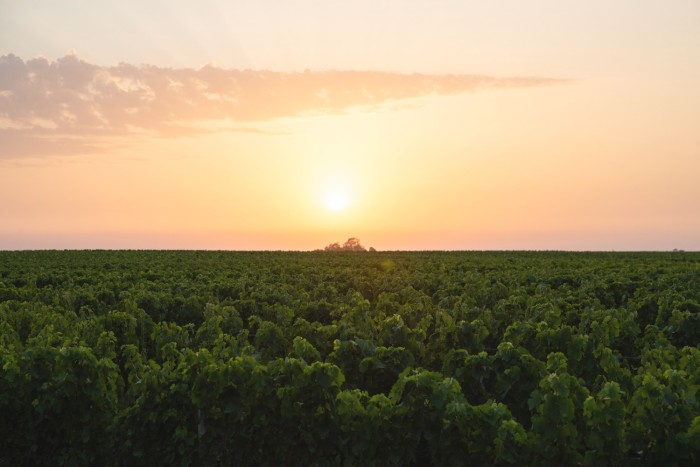
But the real turning point will be the impending arrival of Six Senses. Building on the success of its hotel in the Douro wine region of northern Portugal, the Asia-based hotel group is bringing its sustainable, wellness-focused, farm-to-table format to the 16th-century Château d’Arche in Sauternes. There will be around 50 rooms in the new-build structure, positioned beside the château in such a way, CEO Neil Jacobs told me, as not to affect the silhouette or integrity of the original building, which sits at the heart of French viticulture. “Our owners are like-minded,” Jacobs says. “They really understand and give credence to our key pillars of sustainability and wellness, having realised themselves the benefits of working [their own agriculture] organically” – which paves the way nicely for Six Senses’ own organic gardens and farms. Bordelais bliss, of an exciting 21st-century vintage.
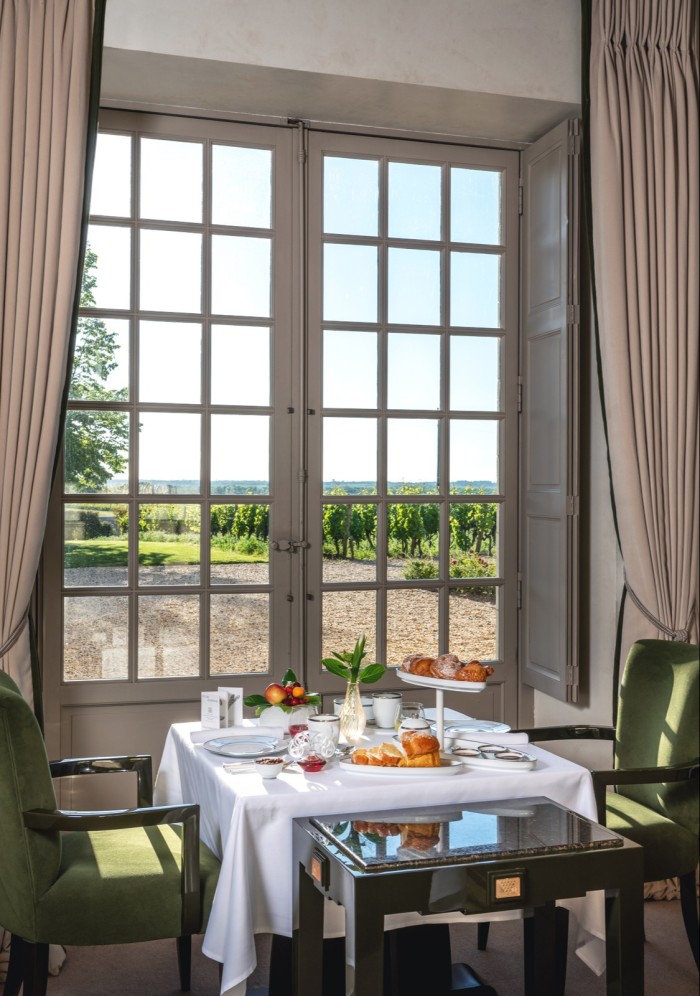
Mary Lussiana was a guest of La Maison d’Estournel, lamaison-estournel.com, from €190; La Chartreuse residence on the estate (sleeping 16) is available to rent on request; an immersive wine experience can be booked at estournel.com, from €580 for up to six people. Cent 33, cent33.com. Château Lafaurie-Peyraguey, lafauriepeyragueylalique.com, from €225. Le Gabriel, bordeaux-gabriel.fr. Logis de la Cadène, logisdelacadene.fr. Six Senses, sixsenses.com.
Comments